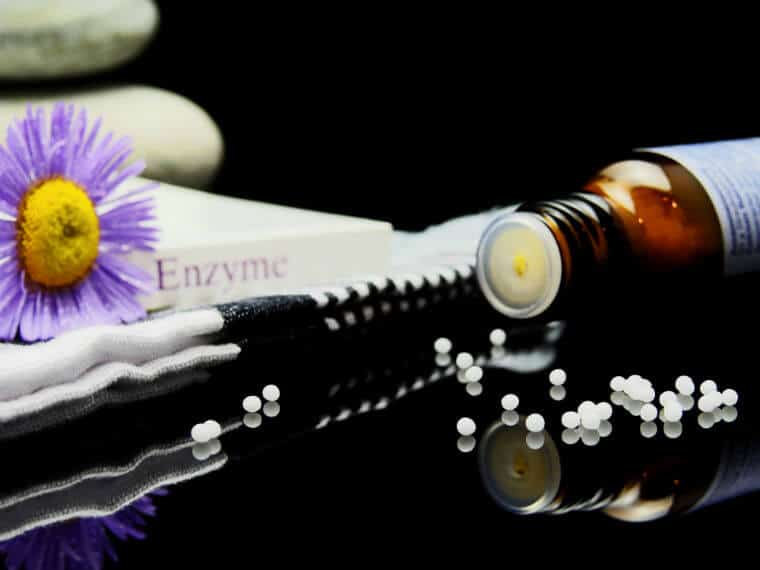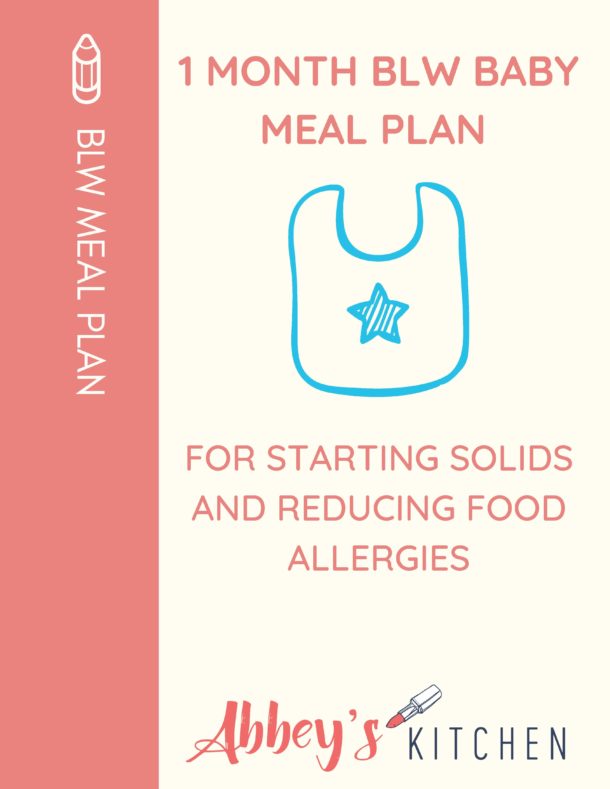How Much Vitamin D do We Need? In this post, we share the current research on Vitamin D and bone health including info on where the controversial vitamin D recommendations come from.
At one time or another, you might have asked a health professional about vitamin D. Why do we need it, am I deficient and should I supplement? These can be tough questions for a health professional because vitamin D has become an elusive character in the research community. Experts have been battling out the appropriate recommendation and optimal blood levels and we seem to still be in the dark. In this post, I hope to shed some light on the issue with recent studies and by the end of it, hopefully some of your questions will be answered.
Commonly referred to as the sunshine vitamin, vitamin D is a fat-soluble nutrient and hormone which our body produces when exposed to the sun. Even though certain foods contain vitamin D, the majority of our vitamin D intake comes from the sun. This can be problematic for individuals living in geographical areas that lack constant sunlight, like us winter-loving, parka-wearing Canadians. The amount of vitamin D you produce depends on the time of day, the season, where you live, your sun exposure and your age (sadly, you synthesize less vitamin D as you age).
Vitamin D Deficiency
History lesson here folks! Back in the 1930s, vitamin D deficiency was an all too common thing among children. The lack of vitamin D led to a condition known as rickets which is the weakening and softening of the bones which caused permanent skeletal deformities. This epidemic triggered governments to fortify milk and infant formulas with vitamin D to reduce the incidence, and it did dramatically. To this day, a variety of foods are fortified with vitamin D (yoghurt, milk, orange juice) to prevent that problem from ever returning. It is also recommended to give breastfed babies a daily liquid drop of a vitamin D supplement since they don’t get enough from their diet.
Since the synthesis of vitamin D reduces as we age, there is a high prevalence of vitamin D deficiency among the elderly which puts them at risk for poor bone health conditions like osteomalacia (softening of bones), osteopenia and osteoporosis and fractures. Much of the research around the benefits of vitamin D have centered around bone health. Vitamin D aids in the absorption of calcium and phosphorus which build healthy bones and teeth, thus the more vitamin D we have, the stronger our bones and teeth.
Vitamin D Recommendations
With the wide range of research we have on vitamin D and bone health like here, here and here, what are the current recommendations, you ask? The most reputable and credible worldly organization shelling out recommendations is known as the National Academy of Medicine (NAM). Before I provide the recommendations I would like briefly explain the units of measurement and how vitamin D status is measured so you know the lingo.
The best indication of vitamin D status is done by measuring levels in the blood. These blood samples are measuring vitamin D in the form known as 25-hydroxyvitamin D (25OHD). The concentration of vitamin D are in the form of nanomoles per litre (nmol/L) which reflects the number of molecules of vitamin D per one litre of blood. The recommendations are based on the amount of vitamin D is required every day to achieve optimal levels of vitamin D in our blood to maintain healthy bones.
Drumroll please… Here are the recommendations.
Back in 1997, the NAM came out with guidelines that many believed were conservative numbers and far too low to promote any benefits in bone health and overall health. These guidelines were revisited and in 2011, and NAM came out with a 1,000 page report on vitamin D and calcium. Here’s what they came out with:
Blood levels containing 50 nmol/L of vitamin D is adequate for achieving adequate bone health in most individuals (the previous blood level was just 30 nmol/L).
How much vitamin D should we be having to reach 50 nmol/L per day?
If you’re under the age of 70: 600 IU/day (previously was 200 IU/day)
If you’re above the age of 70: 800 IU/day (previously was 600 IU/day)
Even given this bump, experts believe the new guidelines are still too low and many organizations have created their own recommendations.
The US Endocrine Society recommends that vitamin D blood levels should be greater than 75 nmol/L to reap the benefit. This means individuals should aim for between 1500 – 2000 IU/day of vitamin D to maintain an optimal level of vitamin D in the blood.
Health Canada and Dietitians of Canada cite the NAM and provide those recommendations to Canadians.
Was there a Statistical Error in Reporting our Vitamin D Needs?
Now get ready for the plot to thicken. Back in 2014, the University of Alberta released an interesting study. Researchers at the School of Public Health believe that the NAM miscalculated the RDA for vitamin D intake and the actual results are drastically different.
You may be first asking what the heck is an RDA. RDA (Recommended Dietary Allowance) is described as the amount of a nutrient considered to be sufficient to meet the requirements of 97.5% of healthy individuals.
Okay, back to the juicy story. These researchers decided to re-review the studies that were included in the 2011 NAM report and they came to a very different conclusion. Without getting too statistical on you, the study estimated how much vitamin D is needed for 97.5% of individuals to achieve a blood level of 50 nmol/L or more. The final number according to the researchers in Alberta : 8895 IU/d of vitamin D. That’s quite a large number and even surpasses the 4000 IU daily limit that’s advised since a dose that high has never been studied in humans. The researchers decided to also assess whether the 600 IU recommendations would achieve a blood level of 50 nmol/L and were rather disappointed when they came up with a value of 26.8 nmol/L.
Let’s break this down for a second and do a little review.
The NAM report stated that a dose of 600 IU/day of vitamin D would be enough to achieve blood levels of 50 nmol/L, however, researchers reviewing this found that this would only achieve blood levels of 26.8 nmol/L.
Confused yet? I sure am.One thing to keep in mind is that the NAM report only based these new recommendations on the bone health benefits of vitamin D and not on any new benefits that are starting to emerge
One thing to keep in mind is that the NAM report only based these new recommendations on the bone health benefits of vitamin D and not on any new benefits that are starting to emerge since the 2011 report. At the time, the NAM report stated there was insufficient evidence to support the notion that vitamin D carried additional benefits beyond bone health. New research and highly controlled clinical studies have surfaced and may influence the future recommendations by the NAM. Let’s review these and see whether the current vitamin D recommendations are adequate.
What’s the Link Between Vitamin D and Bone Health?
As I mentioned already, the role of vitamin D in bone health is a no-brainer and has been touted by many experts, however it is still argued by many on how much vitamin D is required to have a significant impact on our health. One study showed that despite a supplementation of 400 IU/day and eating foods high in vitamin D (came out to a total of about 632 IU/day), there was still 10% of participants had blood levels of less than 50 nmol/L. Another study reported that 15% of participants had blood values less than 50 nmol/L despite reporting supplementation with vitamin D. Is it possible 600 IU/day is still not enough to achieve the recommended blood level?
A 2016 meta-analysis found that vitamin D plus calcium supplementation produced a 15% reduced risk of total fractures and a 30% reduction risk in hip fractures. So how much vitamin D was supplemented to these subjects? Majority of the studies provided subjects with 800 or 700 IU of vitamin D per day.
Finally, a super recent 2017 systematic literature review found that after reviewing countless meta-analyses and double-blind randomized controlled trials (RCTs) the fracture-protecting effects of vitamin D depend on the dose and that the higher levels of vitamin D in our blood, the greater reduction in fracture risk. The review concluded that optimal blood levels should be between 60 nmol/L – 95 nmol/L to achieve optimal bone health.
Interestingly, a recent New Zealand and Australian position paper provided recommendations that are tailored to the specific seasons. They concluded that vitamin D blood levels should be around 50 nmol/L or greater at the end of winter and 60-70 nmol/L at the end of summer for adequate skeletal health.
While we argue about the appropriate amount of vitamin D to be supplemented, what about whether vitamin D supplementation even improves bone health?
One meta-analysis found that vitamin D supplementation with our without calcium did not have much of an impact on hip fractures and found the reduction to be no more than 15%.
On top of that, another systematic review and meta-analysis looked at whether vitamin D supplementation affects bone mineral density. Subjects were given vitamin D supplements and their bone mineral density was measured. The results? The study found that vitamin D did not have any significant impact on bone health which definitely makes us question the common practice of using vitamin D for osteoporosis prevention. Researchers from the study argued that past studies were poorly done and cite statistical error and inappropriate doses.
So at this point, you can see there’s quite a lot of information with regards to vitamin D and bone health that goes into crafting the current Vitamin D recommendations. A lot of this makes for pretty muddy waters when trying to determine how much we need.
In part 2, I will be covering some of the new research on some of the other benefits of Vitamin D and give you my recommendations on how much you need.
let me know your thoughts on Vitamin D.
How much do you take?
How much do you think you should take?
Any other burning Vitamin D questions?
Leave me a comment below and we’ll try to address them in Part 2.
Contribution by Sofia Tsalamlal
Updated on September 1st, 2022

Abbey Sharp is a Registered Dietitian (RD), regulated by the Ontario College of Dietitians. She is a mom, YouTuber, Blogger, award winning cookbook author, media coach specializing in food and nutrition influencers, and a frequent contributor to national publications like Healthline and on national broadcast TV shows.











Rlizabeth says
Great information on the topic of Vitamin D, Abbey. I take 1000 I.U. of D that comes in my fish oil. I take it daily. I am not aware of my lab levels as it hasn’t been checked lately.
Abbey Sharp says
Thank you! Fish oil is a great way to get some vitamin D!
Esther says
Great post!
My last labs showed my levels were super low despite diet, sunshine and supplement. So I’m on a higher dose now! 50,000IU once a week for a while till I have my labs rechecked!
Abbey Sharp says
That’s crazy! There’s still so much we need to learn!
Whitney @ To Live & Diet in L.A. says
Such an interesting post! I didn’t know that some groups were recommending levels higher than 50! Looking forward to reading the follow-up and hearing your recs!
Abbey Sharp says
Yeah! I totally nerd out for this stuff 🙂
Kristina @ Love & Zest says
I love your posts, they are always so informative! Thanks for sharing!
Abbey Sharp says
awww thank you so much 🙂
EA Stewart says
Lots of great info here Abbey, and I agree, the research can be a little confusing. On a personal note, my levels are generally in the 30’s, so I am working on raising them, and currently take 4000 IU/day (when I remember!). Anecdotally, I find that when I’m regularly taking my vitamin D, I seem to get fewer colds, and I think I read some recent preliminary research supporting this. Looking forward to Part 2!
Abbey Sharp says
Yeah! There’s a lot of preliminary research out there which is exciting! Thanks for sharing 🙂
Chrissy @ Snacking in Sneakers says
Such a good summary of the recs & research! I come up deficient every year in Vitamin D and get put on the 8 week megadose to boost my levels. I need to be more consistent about taking a regular supplement throughout the year.
Abbey Sharp says
Thanks for sharing Chrissy!
dixya @food, pleasure, and health says
this is probably my least fav topic but obviously cant run away from it. thank you for summarizing all the juicy research details 🙂
Abbey Sharp says
aww thanks for sharing your thoughts!
Alysa says
Vitamin D is so confusing! I was recently found to be deficient so I have been using drops to supplement. I will get my labs checked again soon. I’m interested to see my levels after supplementation.
Abbey Sharp says
aww thanks for sharing your thoughts!
Carmy @ carmyy.com says
Okay, I’m definitely upping my Vitamin D intake. I didn’t realize there was a connection to bone health!
Abbey Sharp says
Now you know! 🙂
Erin says
Looking forward to part 2!!!
Abbey Sharp says
Amazing, thank you!
Jessica @Nutritioulicious says
Way to sum up the research so beautifully Abbey!
Abbey Sharp says
Thanks Jessica! Appreciate it.
Amy Gorin says
Your posts are always so informative! Great choice in topic.
Abbey Sharp says
Aww thanks so much Amy!
Deborah @ Confessions of a mother runner says
As a vegetarian, I try to make sure I get enough vitamin D. I take a daily mulit w added D.
Abbey Sharp says
That totally works too!
Roxana says
Very thorough and great research.
Abbey Sharp says
thank you!
Carla says
OK. I need to send this to all of my friends here in Texas so they can read and learn – – because you have learned me a lot 🙂
in this part of the country I think we get so caught up on the fact we must need more vitamin D – – I don’t supplement – – because of the vast amounts of sunscreen we use.
Abbey Sharp says
Aww thanks Carla!
Abbey Sharp says
Ahhh, lucky you with all that sunshine 🙂 In toronto, it can get very cold and dark.